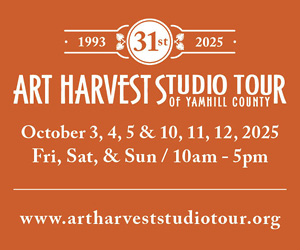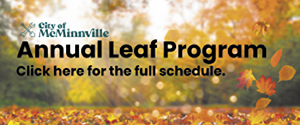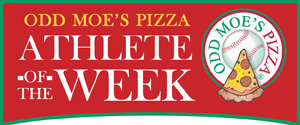Eric Schuck: Nothing like a wedding to expose economic realities


It is a running joke in our house that while I’m great at protecting national security, I’m not exactly a vault when it comes to keeping family secrets.
So I’m going to ask everyone reading these words to do me a favor: Please don’t share that I broke. All I can say is, I’d challenge any father not to share the news when their kids get engaged.
Admittedly, one engagement isn’t exactly confidential. Parents have been asked, ‘save the dates’ mailed and a church reserved. Lots of people know this one.
It’s the “second” engagement that’s still secret. For while a ring has been purchased and the parents all know a proposal is imminent, “someone” still needs to pop the question.
So while I’d love nothing more than to talk about how amazing our future son-in-law and daughter-in-law are — and they are pretty darn incredible — we’re not quite there yet. What I can share, though, are insights from the planning process.
Due to an economically defensible but grossly underappreciated suggestion to hold our daughter’s wedding at a base chapel with a food truck, I quickly found myself relegated to the critical but evidently silent role of “the wallet,” a position granting me a fantastic sideline perspective on wedding markets.
So far, what’s struck me the most — aside from shell shock at the costs — is how much trends in the larger economy are still visible.
When we first started preparing for our daughter’s wedding, we decided to shift some money from savings to a certificate of deposit to hopefully catch a slightly better interest rate and ease the pain of next year’s expenses.
Admittedly, consumer interest rates are outside my normal research areas, but what came next surprised me. Our bank offered higher interest rates for shorter duration CDs than those with longer intervals.
Economists call this an ‘inverted’ yield, and it usually means the economy is slipping toward recession, as banks expect lower returns in the future than the present.
Other parts of our wedding planning confirmed the unsettled state of the economy. Dress shop inventories and order times clearly reflected the effects of tariffs, with rapidly rising prices and higher deposits for gowns not already at the store.
Wedding dresses, already expensive, are clearly becoming more so under the shadow of trade and tariff uncertainty.
Then there are the rings.
All our kids opted for lab grown diamonds. Real ones simply cost too much, and are too exposed to tariff pressure.
Of more interest to me, though, rings clearly showed the increasing split between “haves” and “have nots” in today’s economy.
Currently, the top 20% of all income earners — household incomes more than $150,000 a year, according to Census data — account for nearly half of all consumer spending.
When the kids began shopping for rings, it became very clear that jewelers were aiming at the very top end of the market or the very bottom. There was simply no middle.
What little growth is occurring seems to stem largely, to put it plainly, from rich people buying rich people stuff. It’s unsettling.
The throughline in all of this is that the confusion and instability in the real market, rather than the stock market, shows up clearly in the goods and services surrounding weddings. Given that people tend to fall in love and get married in spite of economic considerations — or else nearly every economist would probably still be single — that’s informative.
For now, I’m going to keep that observation to myself, and enjoy watching our kids make the next great leap in their lives. I’m still hoping, though, that someone chooses a food truck for the reception.









Comments